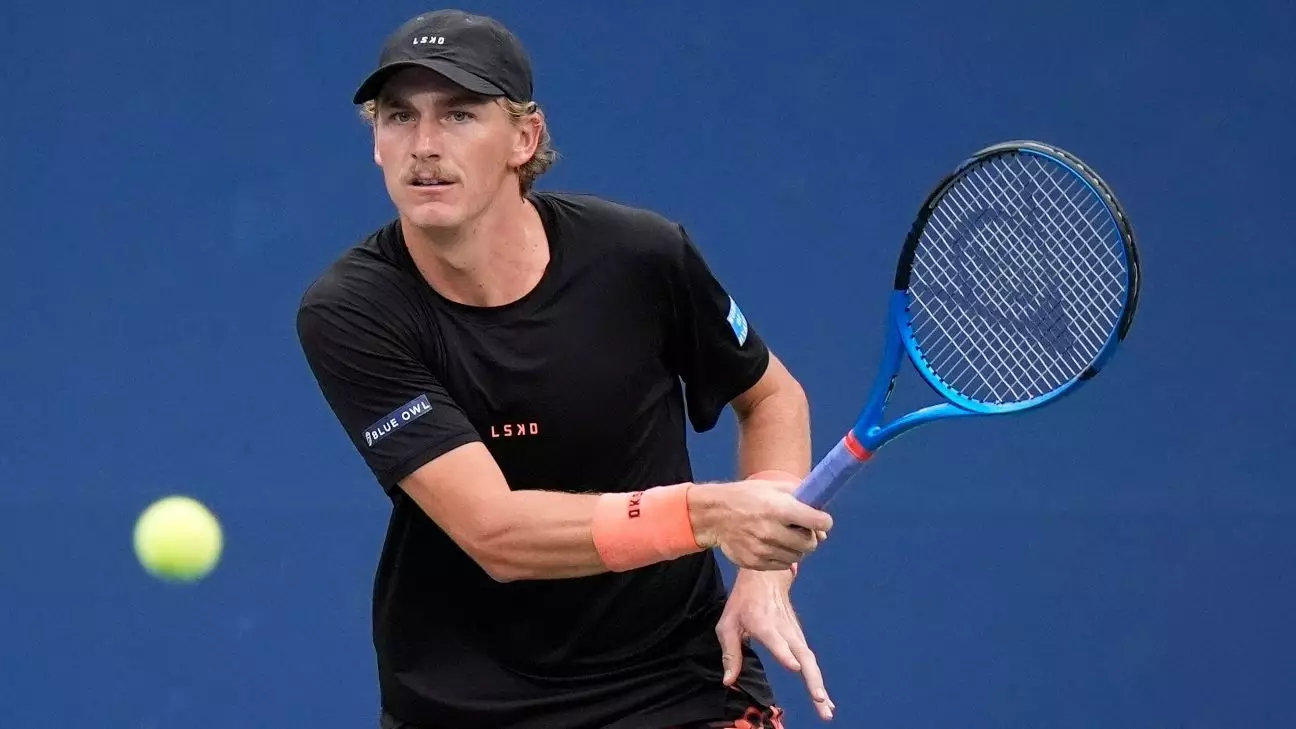In a significant turn of events for the world of professional tennis, Max Purcell, a notable Australian player and two-time Grand Slam doubles champion, has voluntarily accepted a provisional suspension under the sport’s anti-doping regulations. This announcement, released by the International Tennis Integrity Agency (ITIA), reveals that the 26-year-old admitted to breaching the Tennis Anti-Doping Program’s Article 2.2, which specifically pertains to the use of prohibited methods. As the news unfolds, it raises questions about integrity and accountability within the sport.
Understanding the Suspension
The provisional suspension took effect on December 12, with the ITIA revealing that any duration spent under this status will count towards any potential future sanctions. However, the exact length of this provisional suspension has not been disclosed, leaving fans and analysts speculating about what it might mean for Purcell’s career moving forward. According to the ITIA’s statement, the suspension entails that Purcell is barred from participating in any sanctioned tennis events, including but not limited to major tournaments organized by ATP, WTA, and other national associations.
Such measures highlight the stringent nature of anti-doping rules in tennis, aiming to uphold the integrity of the sport. This incident prompts a deeper examination of how both established players and newcomers manage performance pressures and the temptations that often accompany high-stakes competition.
Max Purcell’s recent accomplishments add to the gravity of his situation. His victorious run at the U.S. Open alongside partner Jordan Thompson in September and the triumph at Wimbledon with Matthew Ebden in July 2022 cemented his status among the elite in doubles tennis, placing him currently at No. 12 in the doubles rankings. Furthermore, his journey as a runner-up in the Australian Open doubles finals twice (in 2020 and 2022) showcased his evident talent and potential for further success.
Yet, his current suspension raises significant concerns about his future in the sport. Notably absent from the Australian Open entry lists released at the start of this month, Purcell’s fate in competitive tennis seems uncertain. Speculations abound as to whether this absence is directly related to his suspension or if other factors are at play, stirring discussions among fans and analysts alike.
Purcell’s situation is not an isolated incident; it occurs within a broader context of doping violations in tennis that have garnered attention recently. A mere weeks prior to Purcell’s announcement, renowned player Iga Swiatek received a one-month suspension after testing positive for the banned substance trimetazidine. In contrast, Jannik Sinner, the top-ranked men’s player of the moment, was exonerated after testing positive for trace amounts of an anabolic steroid, emphasizing the complexities and nuances of doping regulations and enforcement.
As such cases pile up, the tennis community is compelled to directly confront how doping allegations impact public perception of the game. These violations, legitimate or otherwise, cast a shadow over the sport, prompting fans, sponsors, and officials to rethink their trust in the athletes they idolize.
Max Purcell’s voluntary provisional suspension serves as a wake-up call to the tennis community, reinforcing the ongoing commitment to fair play and strict enforcement of anti-doping regulations. While the challenges of maintaining integrity in sports persist, it is crucial for players to prioritize ethical practices over short-term gains. As Purcell navigates this difficult chapter, one can only hope that this incident leads to greater awareness and more stringent measures against doping in all levels of tennis.


Napsat komentář